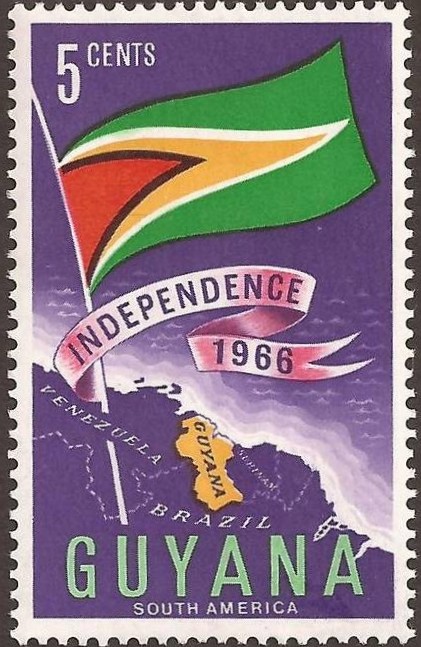
**Breaking News: Guyana’s Journey Since Independence**
Since achieving independence from the United Kingdom in 1966, Guyana has navigated a dynamic and challenging path. The South American nation, with its rich cultural tapestry and abundant natural resources, has experienced significant developments, as well as hurdles.
In the early years of independence, Guyana’s focus was on nation-building and economic development. The government, initially led by Prime Minister Forbes Burnham, sought to unify a diverse population and establish a robust economic base. Efforts were made to capitalize on the country’s agricultural and mineral resources, but the political landscape was often turbulent. A series of political shifts, including the transition to a republican status in 1970, marked Guyana’s quest for stability.
The 1980s and 1990s were characterized by economic struggles and political strife, including issues of corruption and mismanagement. These challenges were exacerbated by a global economic downturn and fluctuating commodity prices. Despite these difficulties, Guyana continued to make strides in various sectors, including education and infrastructure.
In recent years, Guyana’s fortunes have taken a positive turn with the discovery of significant oil reserves. This has spurred a new era of economic optimism and development. The oil boom has the potential to transform the nation’s economy, leading to increased foreign investment and improved living standards. However, it also brings challenges such as managing resource wealth responsibly, ensuring equitable distribution of benefits, and addressing environmental concerns.
As Guyana moves forward, its journey since independence reflects a blend of progress and adversity. The nation’s ability to harness its resources, manage political dynamics, and foster inclusive growth will be crucial in shaping its future trajectory.






